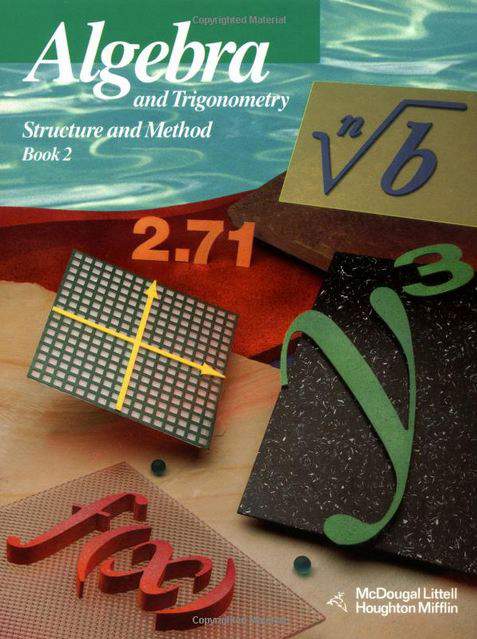Connecting...

This is a quick preview of the lesson. For full access, please Log In or Sign up.
For more information, please see full course syllabus of Algebra 2
For more information, please see full course syllabus of Algebra 2
Algebra 2 Operations on Polynomials
Lecture Description
This lecture covers the operations on polynomials such as adding and subtracting polynomials and multiplying polynomials. When adding and subtracting polynomials, remove the parentheses first. Then, combine the like terms. Be very careful with this because not all terms can be combined. When multiplying polynomials, use the distributive property, which states that a(b+c)=ab+ac. You'll apply this property when multiplying a monomial and a polynomial, or two binomials, and so on. Practice operations on polynomials through the examples.
Bookmark & Share
Embed
Share this knowledge with your friends!
Copy & Paste this embed code into your website’s HTML
Please ensure that your website editor is in text mode when you paste the code.(In Wordpress, the mode button is on the top right corner.)
×
Since this lesson is not free, only the preview will appear on your website.
- - Allow users to view the embedded video in full-size.
Next Lecture
Previous Lecture









































 Carleen Eaton
Carleen Eaton Grant Fraser
Grant Fraser
 Answer Engine
Answer Engine



1 answer
Mon Aug 13, 2018 12:09 AM
Post by Jerry Xu on August 1, 2018
Shouldn't standard form have the variables in alphabetical order?
0 answers
Post by Kapil Patel on January 16, 2017
what is 3 over x plus 3 equals to 5 over 4x plus 25 over 8.
and x negative 2 over 2 x plus 1 equals to x plus three over x.
1 answer
Sat May 28, 2011 10:56 PM
Post by Manuel Gonzalez on May 27, 2011
excuse me, i Ex.4 why are the terms added if in the parenthesis they are subtracted?
4 answers
Last reply by: Stephen Lin
Mon Aug 8, 2016 9:32 AM
Post by Vasilios Sahinidis on December 26, 2010
You forgot the 8y...